Dill has earned the nickname “dill weed” because if it has the right conditions, it will grow with enthusiasm. If you’re growing it in your garden this year and see your plants taking off, it won’t be long before you’ll need to know how to prune and harvest your dill.
Pruning doesn’t mean the same thing for herbs as it does for ornamental plants. You “prune” herbs to keep them from flowering and to encourage the growth of more tasty leaves for you to harvest.
Whether you want to use it for pickling, sauerkraut, cooking, or drying, here’s what you need to know about how to prune and harvest dill without harming your plants.
This post focuses on how to harvest your dill. For a complete dill growing guide, please see this post on how to plant and grow your own dill.
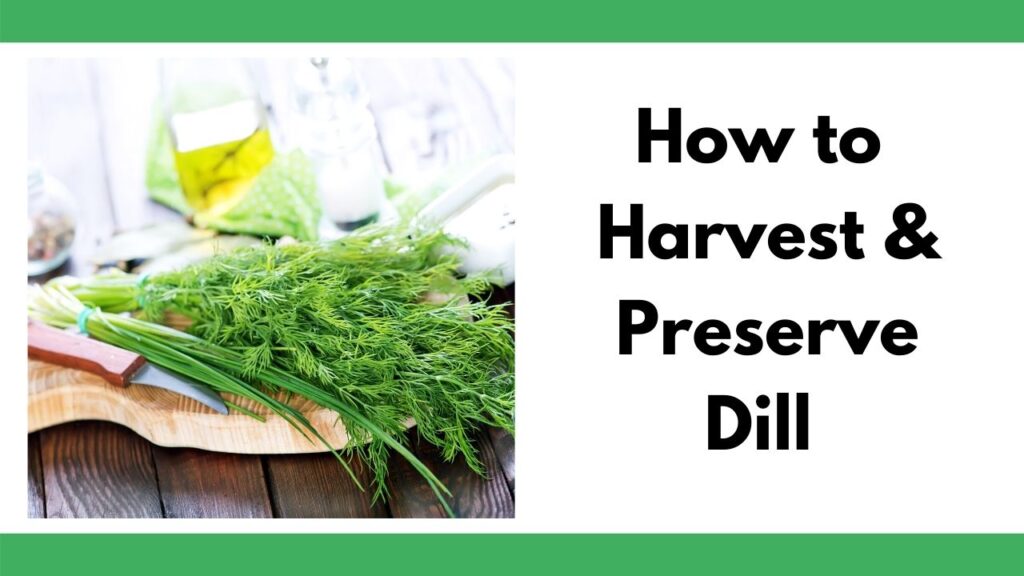
Table of Contents
How to Prune Dill for a Better Harvest
This post includes affiliate links, which means I may earn a commission on purchases made at no additional cost to you.
Pruning your dill plants is by no means necessary, but it does encourage them to bush out and produce more leaves. It also needs to be done to stop the plants from flowering.
When herbs flower, their leaves lose a lot of flavor and become bitter. This is because the plant is now putting energy into the flowers rather than the leaves. If you want to harvest dill mainly for its foliage, pruning it regularly will extend the harvest season.
Since you get to eat anything you clip off your plants, you can also think of pruning as making regular, small harvests.
To prune dill, you’ll need a pair of scissors or clippers. The plants aren’t very picky about where you cut them, but the best method is to snip off sprigs right where they join to the main stem. This encourages branching and will delay flowering.
I personally use my favorite small Fiskar’s garden snips:
You can also pinch stems off with your fingers when plants are young and have tender stems.
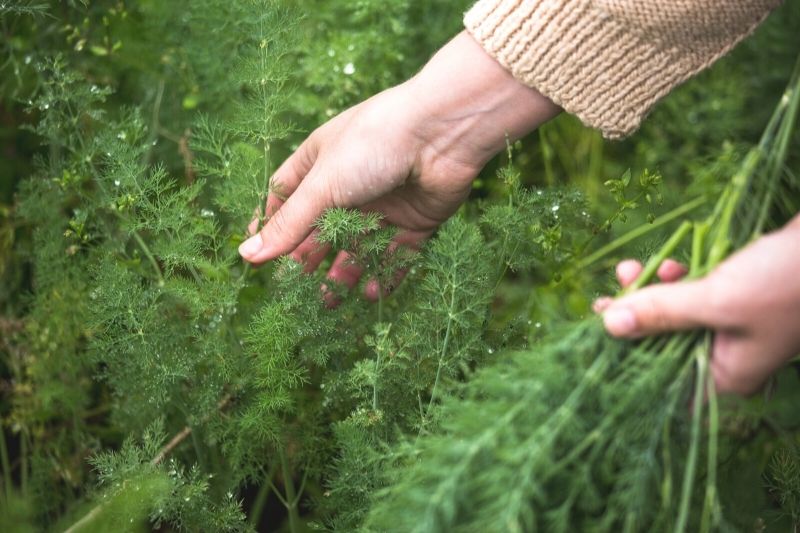
When to Harvest Dill
You can start harvesting and/or pruning your dill anytime after it develops 4-5 true leaves. In the case of dill, a leaf is actually a whole feathery sprig that grows off of the main stem.
You’ll be able to continue harvesting throughout the summer, but keep in mind that really hot temperatures will cause your plants to start bolting. Freezing temperatures will kill your plants, so get all the dill you want before a frost comes through.
For a large harvest, the foliage will be at its best flavor right before the plants start to flower. Wait until buds form and are just about to open before harvesting.
To harvest dill seeds, you’ll need to wait a little longer. The plants usually flower about two months after being planted. Then, you’ll need to let the seeds develop and dry on the plant before you harvest.
The flavor of dill is most potent right after it’s harvested, so always try to cut it just before you want to use it.
How to Harvest Dill Weed
How to harvest dill leaves
The method for harvesting dill leaves is the same as the method for pruning it. To keep your plants productive, snip or pinch whole sprigs off at the stem. If you just need just a small amount of dill for a recipe, pinch the tips off a few of the leaves.
As a general rule of thumb, don’t harvest more than ⅓-½ of a single dill plant at a time. Let your plants recover in between harvests until they’ve at least recovered their growth.
At the end of the season, you can simply harvest all the foliage left on your plants or bring them inside to survive the winter.

How to harvest dill seeds.
To harvest dill seeds, let flowers form and bloom on the plants. After they finish blooming, you’ll see tiny seeds start to develop. Once the seeds turn a tan color, it’s time to harvest them.
Snip off as many seed heads as you want. Hang them upside down with paper bags around them somewhere warm, dark, and dry. As the seeds continue to dry, they’ll fall off of the flower heads and into the paper bags.
You can use the seeds right away or let them dry further so that you can store them.
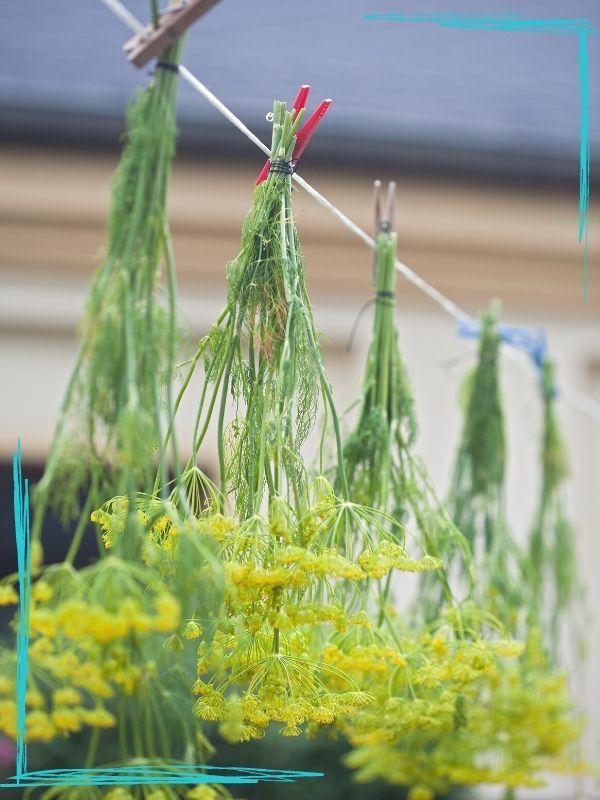
Storing Your Dill Harvest
Once you know how to prune and harvest dill, there’s a good chance you’ll want to know how to store your extra harvest. Dill’s flavor is most potent right after it’s picked, but there are a few good methods for short- and long-term storage.
How to store dill in the fridge
If you want to keep dill for a few days and possibly up to a few weeks, refrigeration is the best method.
All you need to do is wrap your dill in a damp paper towel and seal it in a plastic bag. Then, store the bag in the crisper drawer of your refrigerator. Whole sprigs of dill will refrigerate better than loose leaves.
How to dry dill
Drying herbs is one of the best and easiest ways to preserve them, and you can dry both the foliage and the seeds of dill.
To dry the foliage, cut off whole sprigs of dill. Rinse them gently in cool water to get dirt and debris off. Let them dry for an hour or two on a towel until most of the moisture has evaporated.
Then, tie the sprigs together and hang them upside down in bundles. Or lay them flat on a wire rack to dry. Keep your drying herbs somewhere dark and warm with good airflow. When the leaves are crispy and crumbly, you’ll know they’re ready to store.
Dill leaves are fairly thin and tend to dry well, but if you live in a humid climate (I do), you may want to use a dehydrator on the lowest setting. Many dehydrators are labeled with an “herb” setting.
My family has used an earlier model of this Presto! dehydrator for years and it’s still going strong. It’s not ideal if you’re a homesteader with a huge harvest to put away, but it’s perfect for most home gardeners.
Table could not be displayed.Because dill is a delicate herb, I do not recommend using your oven to dry dill.
To dry dill seeds, leave them on the plants until they dry most of the way and turn brown. Then, cut the seed heads off the plants and finish drying them upside down in paper bags.
You can store both leaves and seeds (separately) in airtight containers. If you notice any condensation forming, take the herbs out and dry them more thoroughly.
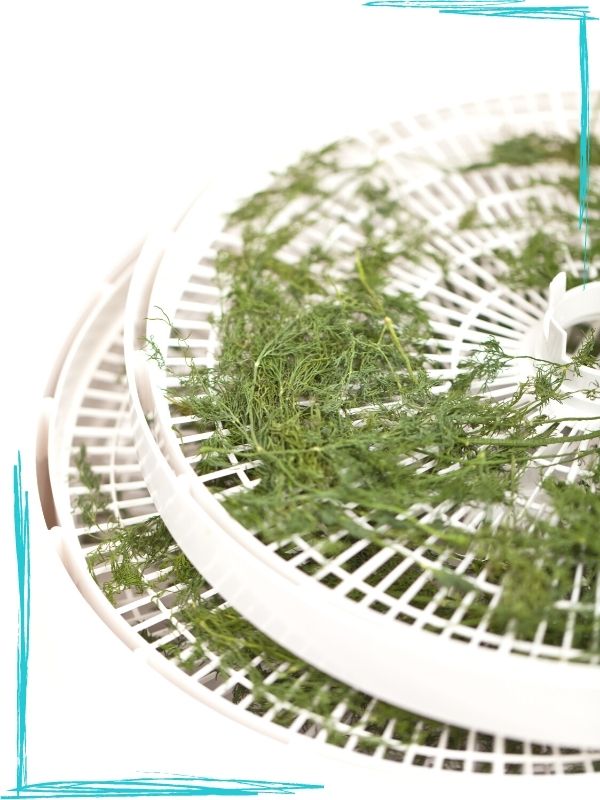
How to freeze dill
Dill leaves also freeze well, although they will lose their texture once thawed. Try to freeze them immediately after harvesting for the best flavor.
You can freeze dill either chopped or whole. Pack the leaves into ice cube trays, containers, or plastic bags and freeze them. You can also freeze whole sprigs of dill and clip off what you need when you need it.
Bring on the Dill
As you can see, learning how to prune and harvest dill is simple. Your plants will actually do better with frequent cutting, so there’s no need to feel nervous about giving them a haircut.
Though it’s best fresh, be sure to preserve some of your dill so that you can enjoy it all through the winter!
Herb and Vegetable Harvest Tips
Not sure when your vegetables are ready to pick? Or how to harvest your herbs without killing the plant? Discover these herb and vegetable harvesting guides!
How to Harvest Basil (Must-know tip for an abundant harvest!)
One basil plant can provide enough basil for your entire year...if you know how to harvest it correctly.
Bitter Lettuce: What to Do About it & How to Prevent it
Are you plagued by bitter lettuce? Discover what to do about bitter lettuce, how to prevent it, and how to make your lettuce less bitter.
How to Harvest Parsley (without killing the plant)
Are you picking your parsley the wrong way? Learn how to harvest parsley without killing the plant so it will continue producing!
How to Harvest Mint (and what to do with lots of mint)
Mint is a garden favorite. Learn how to harvest this vigorous grower to keep it under control and discover tips for what to do with lots of mint.
How to Harvest Thyme: tips for picking thyme & preserving your harvest
Learn how to harvest and store thyme in this compete guide.
How to Harvest Lemongrass
Lemongrass is easy to grow, pest-repellant, and delicious in food or as a lemony tea. Discover how to grow this fantastic scented grass in your garden!
How to Harvest and Store Turnips: Quick & Easy to Grow Veggies for Spring & Fall
Turnips are fast growing vegetables that can be grown in spring and fall. Learn how to harvest and store your turnips and turnip greens!
When to Harvest Butternut Squash
Does your butternut squash have you stressed and confused? Learn how to harvest and store your butternut squash.
When to Harvest Potatoes
It can be hard to know when potatoes are ready to harvest. Discover these potato harvesting tips!
How and When to Harvest Broccoli (are you making a common broccoli picking mistake?)
Are you making a common broccoli harvest mistake that can put your plants at risk? Learn how to harvest and store broccoli the right way!
How to Plant and Grow Radish from Seed: a fast-growing crop you can grow in containers
Radish is one of the fastest-growing vegetables. Learn how to plant and grow radish from seed so you can enjoy fresh vegetables in under a month!
Natasha Garcia-Lopez is an avoid home-gardener and proud owner of 88 acres of land in rural West Virginia. She was a member of the Association for Living History Farms and Agricultural Museums for many years and is currently enrolled in the Oregon State University Master Gardner Short Course program so she can better assist you with your gardening questions.She holds a certificate in natural skincare from the School of Natural Skincare.

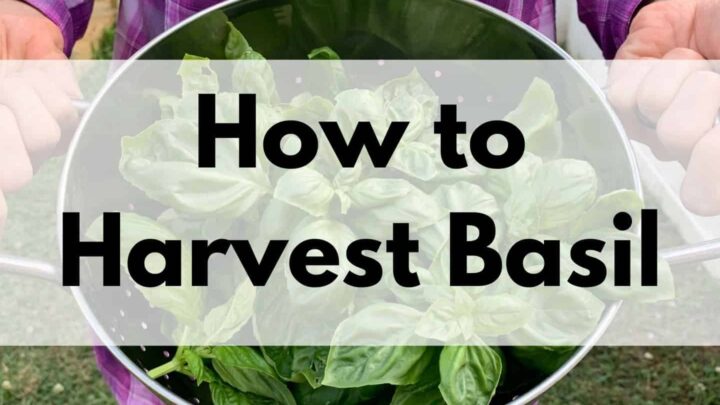
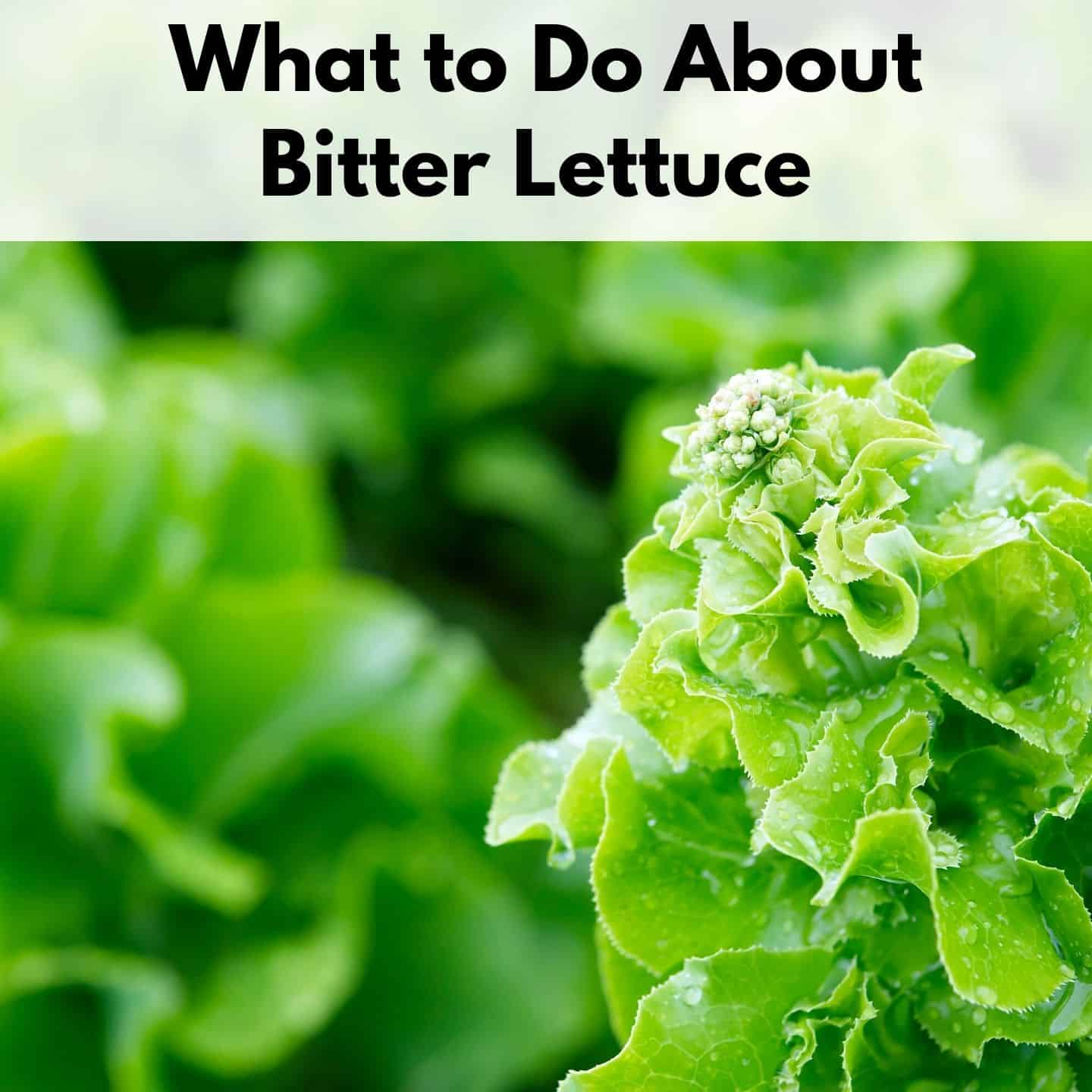
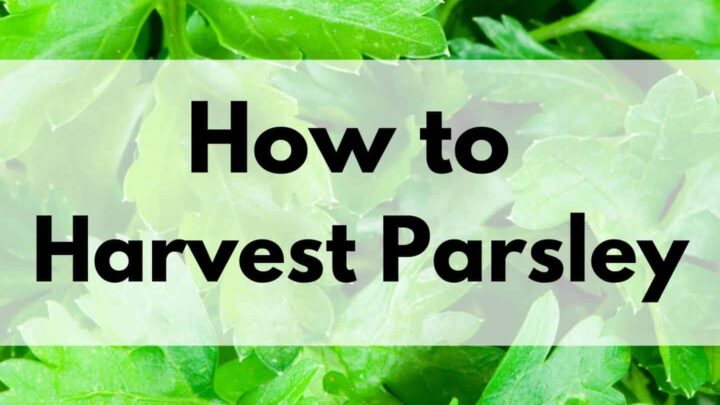
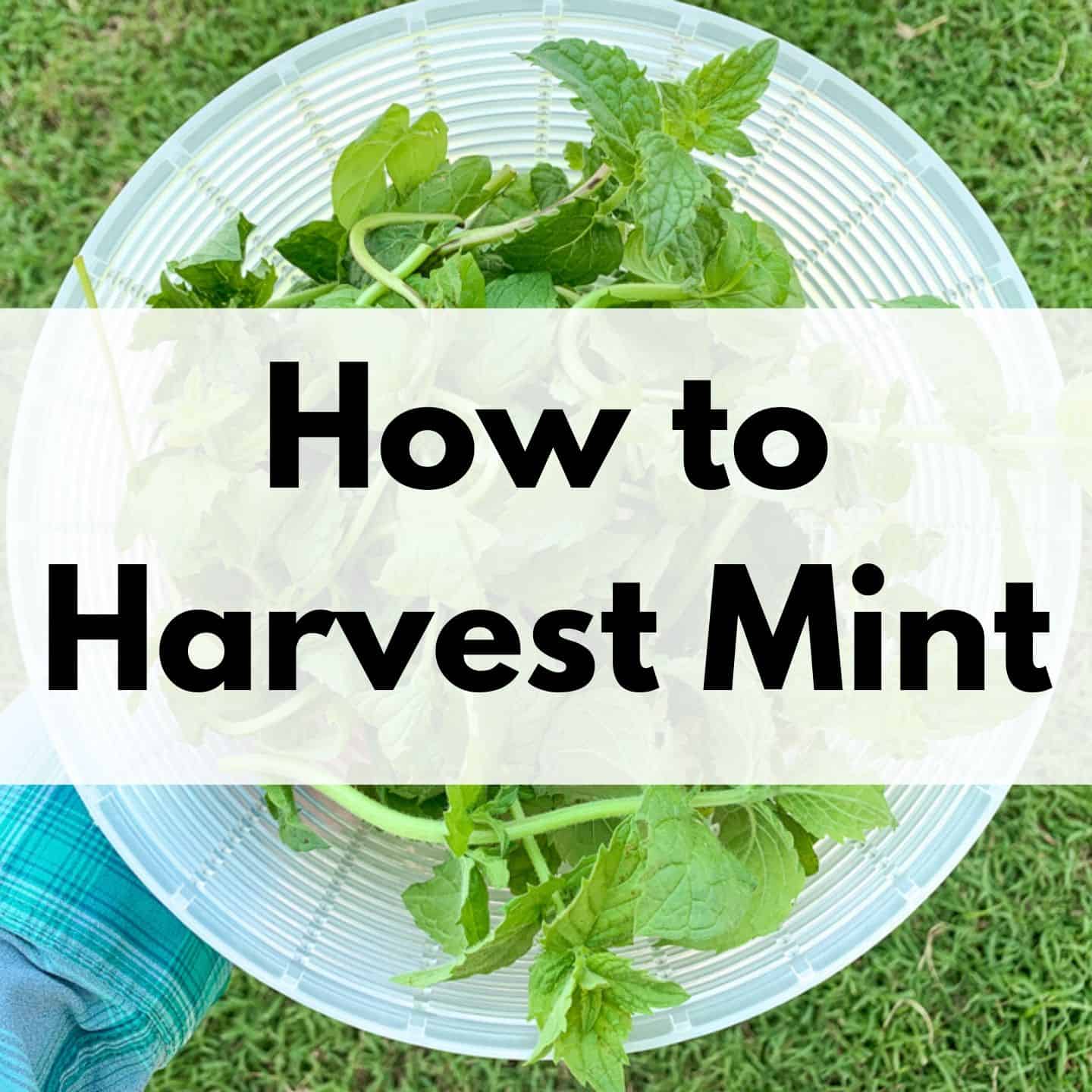
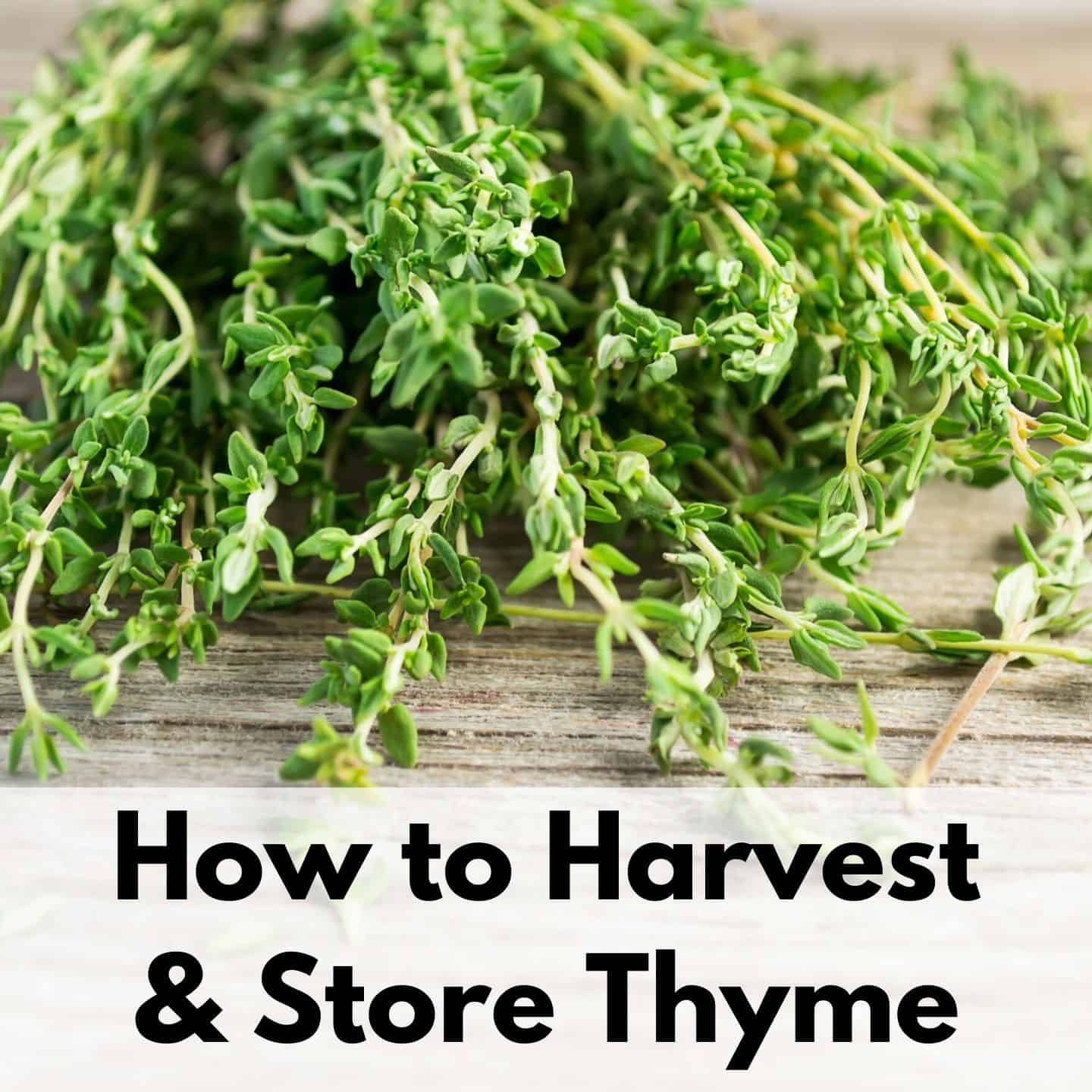
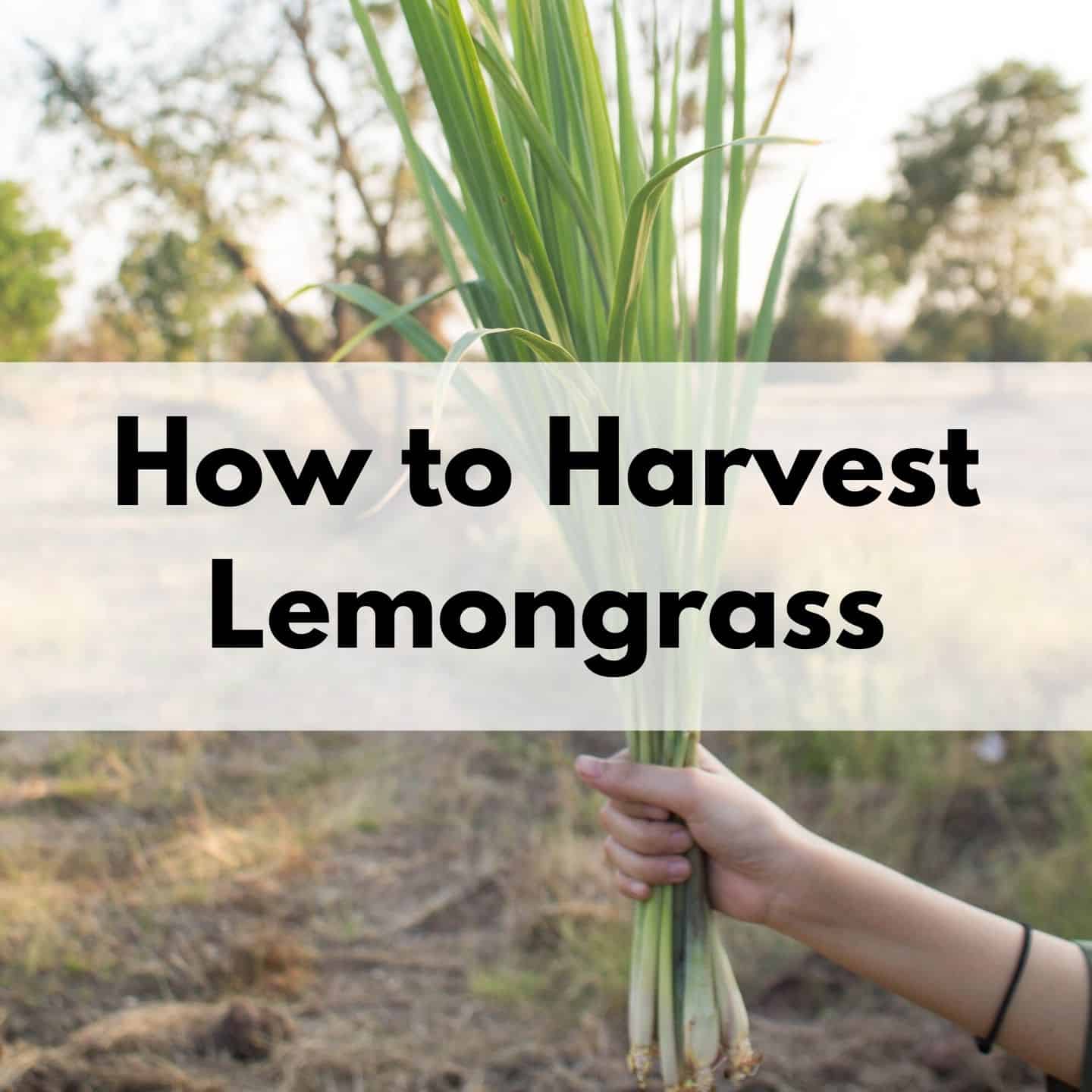
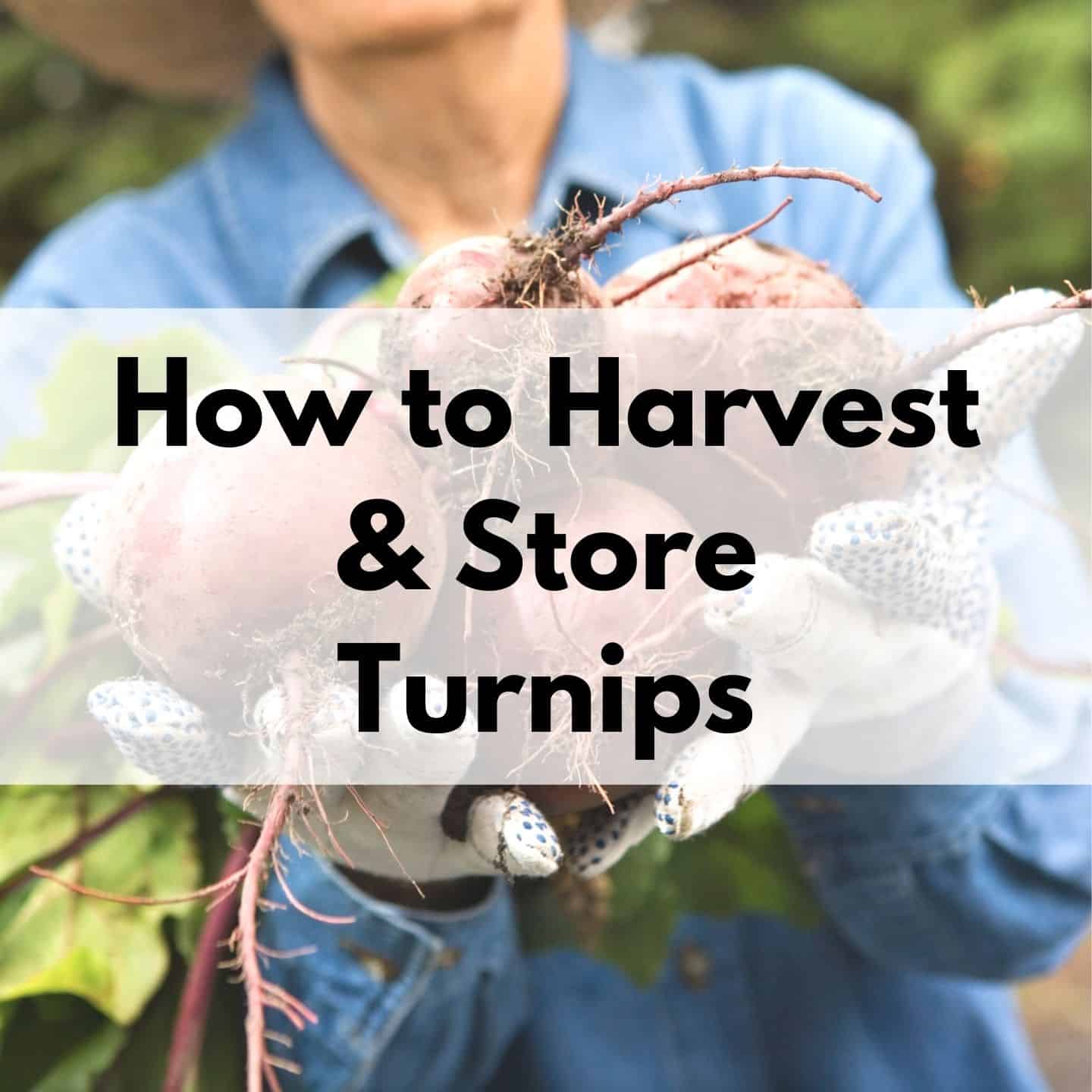
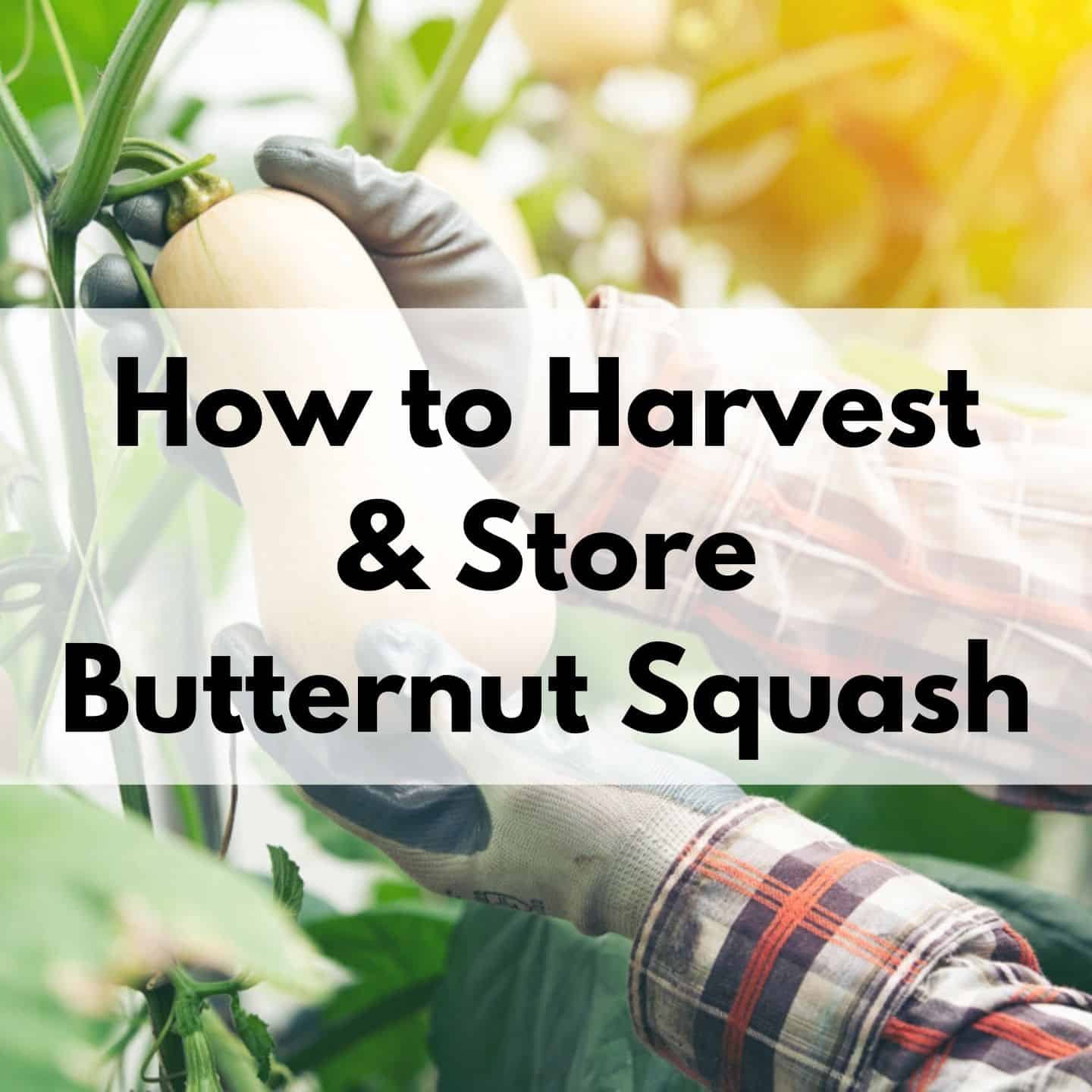
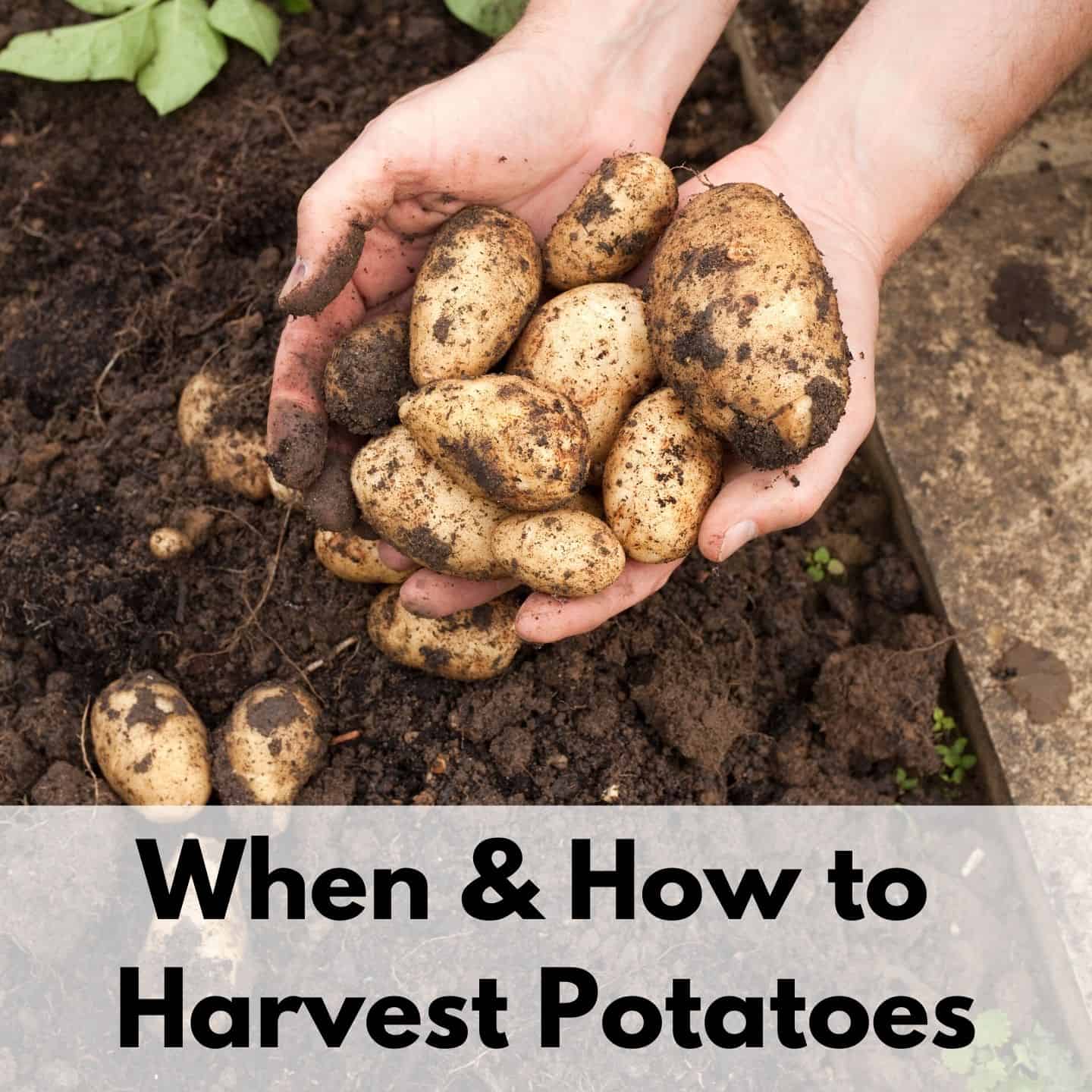

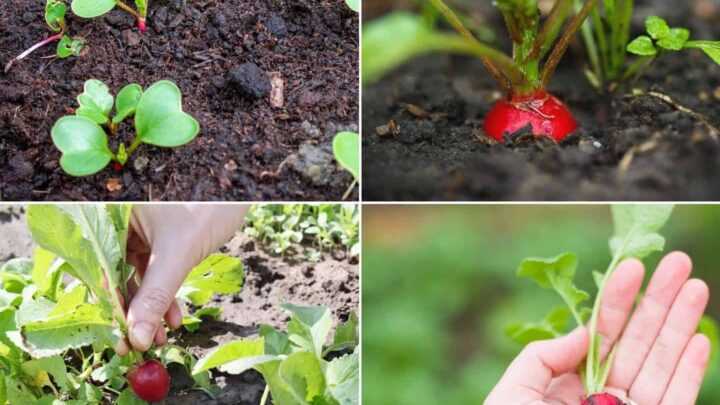

Gréât article explained all I needed to know!!!rushed out after I read this article & harvested some of it to keep it from flowering!!! I think I might put my dill into the hot house for a bit!!!